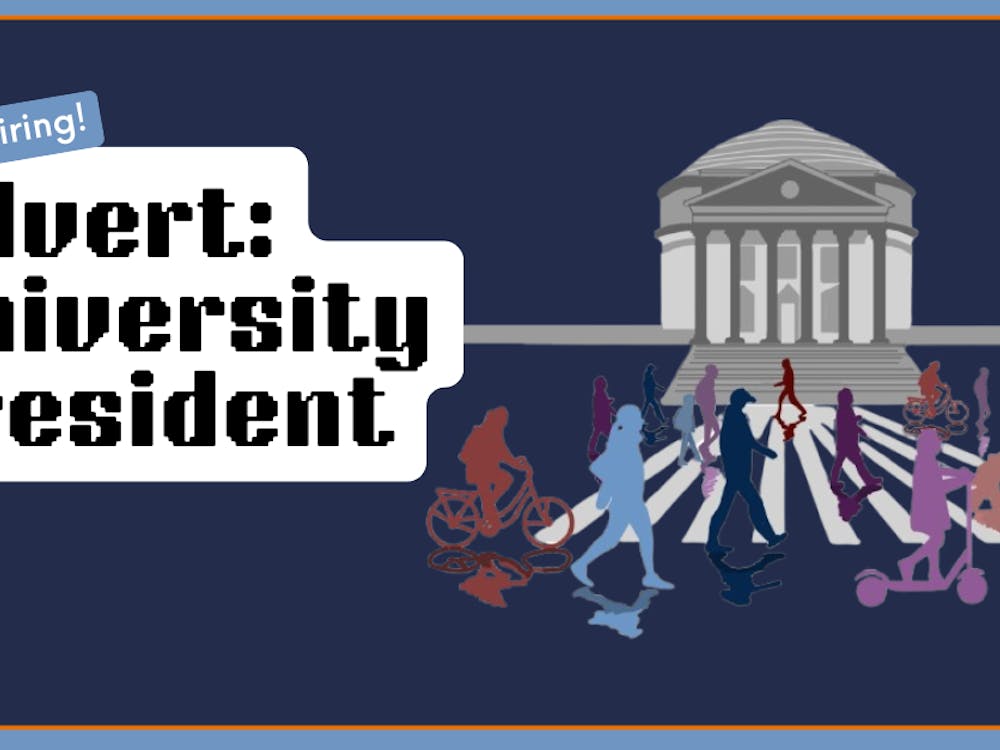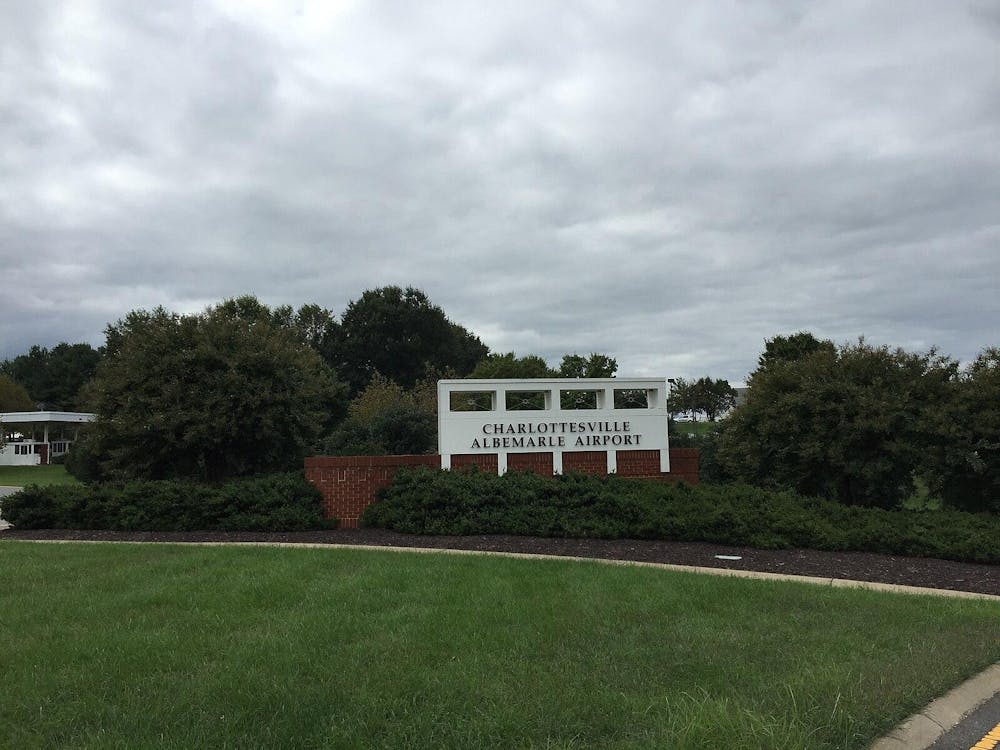According to reporting done by The Washington Post, the University’s athletics department is operating at a loss. Over the course of 10 years — between 2004 and 2014 — athletic revenue has jumped $8.7 million while the deficit has risen to $17 million, according to a Washington Post’s analysis of athletic departments of 53 public schools.
The Athletics Department receives funding from the University operating budget, including a portion of mandatory student fees — $657 per student per year. In 2014-15, the department received $97.6 million from the University’s operating budget, approximately $13.2 million of which came from student fees, according to The Washington Post. Students are charged mandatory fees to support athletics and other services such as student health, recreational facilities, University transit and Safe Ride.
The department is an “auxiliary” of the University, which means it retains its revenues and is responsible for covering large capital projects through its own budget.
Auxiliary units such as the athletics department “are expected to be fully self-supporting for both operating and capital purposes,” according to a summary of the 2014-15 University operating budget. “As an auxiliary unit, Athletics and IM-Rec Sports will retain revenues generated (student fees, conference revenue, gate receipts, and corporate sponsorships) and will be held responsible for generating sufficient revenues to cover planned expenditures.”
Revenues in the athletics department come from distributions from the ACC, student fees, ticket sales, and support from the Virginia Athletics Foundation.
“Each sports program submits an annual operational budget request for the following fiscal year to the business office and sport supervisor that feeds into the overall athletics department budget,” Todd Goodale, the University’s senior associate athletics director for external affairs, told The Cavalier Daily. “Requests for additional funding are prioritized based on need and funding potential within the department’s overall budget in mind. In some cases, new requests may require fundraising support.”
The department supports 12 men’s varsity sports and 13 women’s varsity sports.
Virginia plays in the Atlantic Coast Conference, considered part of the “Power Five” conferences, which are the wealthiest in the country — primarily because of football. At schools considered “power-house” schools, revenue from ticket sales, contributions, NCAA and conference distribution of funding, sponsorships, and endorsements is significantly higher than at other schools. Spending at these programs primarily goes to coach and staff salaries and benefits, facilities and travel and recruiting, according to revenue and expense reports for 2015.
In fiscal year 2015, football ticket sales at U.Va. totaled almost $8 million, while men’s basketball was just under $4 million. Ticket sales for every other sport combined just surpassed $1 million, according to public financial reports from the Athletics Department.
In fact, most sports lost money over the course of the year.
“We understand there’s a cost to provide opportunities for male and female student-athletes to excel,” Goodale said. “We believe this is part of the University’s overall commitment to excellence.”
The Virginia Athletic Foundation, a private foundation that raises money through private donations on behalf of the athletics department, plays a vital funding role.
The money raised by the VAF supports a portion of the department’s operational budget and alleviates costs incurred from student-athlete scholarships and the athletic academic affairs budget.
“The VAF is similar to other foundations on Grounds that generate revenue to support a specific UVA department,” Goodale said.
Of the $97.6 million total allocation, 39 percent is related to compensation, 16 percent to grants-in-aid (fully funded by donations from the Virginia Athletic Foundation), 10 percent covered debt service on facilities, and 6 percent involved transfers to reserves. The remaining 29 percent — $28.3 million — went to “other than personnel services” which includes operation and management of facilities, equipment, uniforms, and other supporting expenses, according to a 2014-15 Board of Visitor’s budget summary.
—Elizabeth Parker contributed to reporting.
Correction: A previous version of this article misquoted Goodale as saying there is a benefit to losing money on sports. He did not say this.






